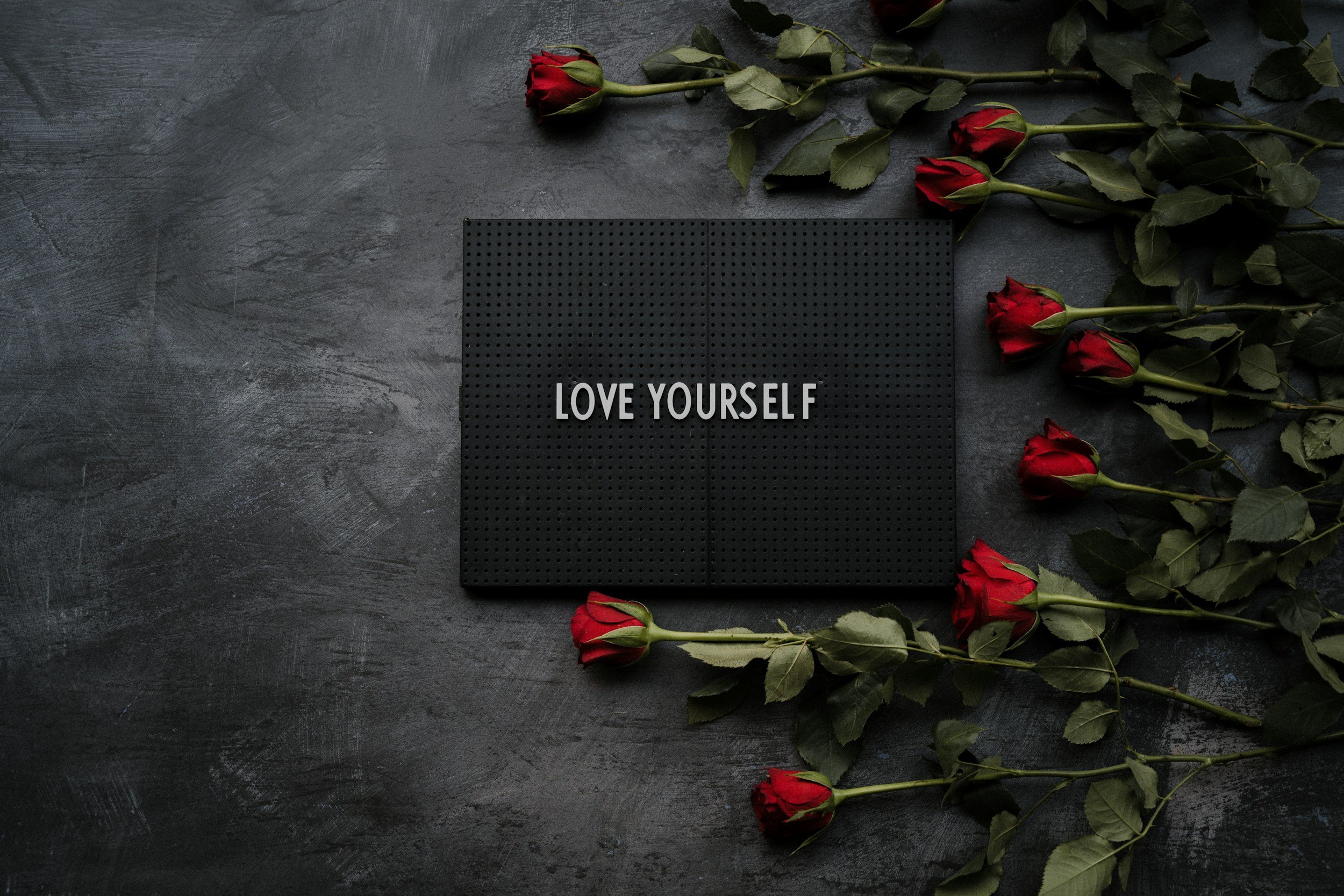Why Can’t I Calm Down Quickly After I Get Irritated?
Key Takeaways
Emotional sensitivity and delayed recovery are not flaws—they often show up in specific facial features.
Practical solutions like micro-habits, muscle scans, and anchoring routines can shorten the recovery time.
Chinese face reading links issues to Liver and Kidney qi imbalance, visible in the brows, chin, and Yintang area.
Western physiognomy identifies traits like glabellar lines, jaw shape, and lip posture as signs of emotional rumination.
Personalized face readings can reveal your emotional design and offer actionable strategies tailored to your unique structure.
Have you ever found yourself emotionally shaken for days after just one conflict or stressful moment? You try to return to your routine, but your mind loops through the event, your sleep suffers, and everything feels out of balance. You're not alone—and there's a reason for it. In fact, your face may already hold the clues.
At Physiognomy.ai, we help individuals understand how facial features can reflect not just personality traits, but also how you emotionally process and recover from daily life stressors. If you often feel like you're stuck in a rut after being irritated, it’s time to explore why—and what you can do about it.
How to Solve This Problem
1. Establish a Recovery Routine
Rather than hoping you'll "snap out of it," plan your recovery. Schedule non-negotiable decompression periods immediately after stressful events. Examples:
10-minute solo walks without your phone
A cup of calming tea (like chamomile or lemon balm) with zero stimulation
Evening journaling using prompts like "What made me feel out of control today?"
2. Practice Facial Muscle Awareness
People who retain tension in their face often hold it emotionally too. Practice this short 2-minute facial scan:
Raise eyebrows gently and release
Blink slowly 5 times, noticing your breath
Massage the glabella (space between brows) in small circles This creates neuromuscular feedback that calms the emotional centers of the brain.
3. Stabilize Routines Through Micro-Habits
When emotional disruption throws off your whole day, anchor your routine with “micro-habits.” Examples:
Morning face-washing while naming 3 priorities aloud
Setting a 5-minute reset timer mid-day just to breathe and recalibrate
Ending the day with a consistent winding-down phrase (e.g., “I did my best today.”)
4. Use Physiognomy to Understand Your Emotional Design
Your facial structure might be setting you up for slower emotional recovery—and that’s not a weakness. But once you understand the signs, you can work with them instead of against them.
How Physiognomy Can Help
Physiognomy offers an insightful mirror into your emotional tendencies. Our AI-assisted face reading tool analyzes subtle facial traits that point to how you process irritation, how long it lingers, and where you might need support.
In Chinese Face Reading:
Eyebrows (眉): Sparse, broken, or sword-like brows indicate Liver qi imbalance. This causes volatile moods and difficulty releasing irritation.
Yintang (印堂): A tight or dark Yintang (between the brows) shows blocked emotional flow. These individuals tend to fixate and lose daily balance after being upset.
Eyes (眼): Downturned or heavy-lidded eyes suggest melancholy energy, where emotions linger far past the trigger.
Nose tip & wings (鼻頭/鼻翼): A thin, pointed nose shows emotional sensitivity—small setbacks feel huge and disrupt routines.
Chin (下巴/地閣): A weak or receding chin suggests less grounding Kidney energy, which is needed to stabilize after stress.
In Western Physiognomy:
High, arched brows far above the eye: Linked with heightened arousal; the emotional "cool-down" phase takes longer.
Deep “11” glabellar lines: Indicate habitual tension and rumination. These people often replay the event internally.
Wide scleral show (visible white beneath the iris): A sign of hyper-alertness; recovery to emotional baseline is slow.
Downturned lips or compressed mouth: Suggest suppressed emotions. These often smolder internally for days.
Receding jawline: Indicates lower physiological resilience to emotional triggers, making routines harder to maintain when disrupted.
Can Facial Features Also Guide the Solution?
Yes. While certain traits make emotional recovery more difficult, other facial features can help balance this tendency. For example:
A full, rounded chin can indicate strong grounding energy—use this trait to develop practical routines.
Thicker eyebrows (even if mildly untamed) show a strong Liver qi—use physical exercise to harness that natural inner fire.
Symmetrical, centered eyes suggest an ability to self-reflect—combine this with journaling to exit the emotional loop faster.
Ready to Decode Your Emotional Blueprint?
At Physiognomy.ai, our custom face reading reports go beyond personality typing. We help you:
Understand your emotional tendencies
Learn your strengths and natural coping styles
Identify which routines support or disrupt your emotional well-being
Let your face be your guide—not just a reflection in the mirror, but a tool for transformation.











